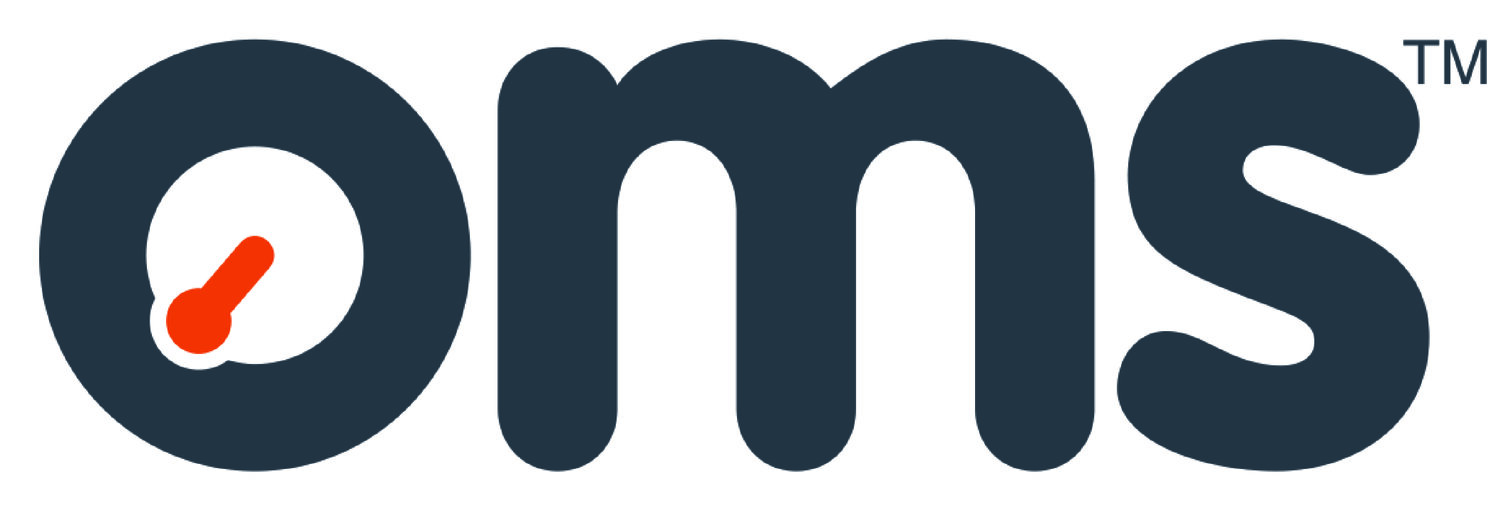3 pipe fit-up and alignment techniques
Although they may appear so to the naked eye, pipes are not completely round, either internally or externally. All contain deviations in shape caused by the manufacturing process and these deviations can cause significant problems in pipelines. Poor fit-up and alignment of pipes results in project delays, increased repairs, wasted time, increased cost, missed deadlines and reduced pipeline life span. Pipelines in the oil and gas industry carry large volumes of toxic substances at considerable pressure under high stress conditions. The consequences of a failure can be catastrophic to the environment while devastating a company’s reputation and fortunes.
Example pipe end shape
Businesses in this industry know it is in their best interests to look after the integrity of their pipelines with extreme care. One of the most effective ways of ensuring pipelines can carry oil or gas safely and swiftly is to ensure good fit-up and alignment. In this article we take a look at three ways to achieve excellent fit-up and alignment.
Pipe end measurement
Pipe end measurement is the process of measuring the profile of a pipe end. We know that pipe ends are not completely round (see previous article - ‘Why you need to measure pipe end dimensions’) - in fact having measured more than 500,000 pipe ends since OMS began, we have never come across one that is. The most effective pipe end measurement tools use a laser to measure multiple radial data points. Our own end measurement tool, the AutoTool, takes over 2,000 measurements, using those to find the centre of the pipe and give a single datum as a reference point.
Even when a pipe has low or no ovality, been measured at the pipe mill using a laser or is in accordance with DNV-GL/ API specifications it still has the potential to cause major delays to the project.
Ovality issues example
HiLo/ misalignment
Reducing HiLo/ misalignment – the difference between the internal and/ or external heights of two pipes – is a key part of ensuring a weld that will pass inspection in the QA/ QC stages to meet the project specification. Pipeline projects will set the HiLo tolerance and then pipes must be matched so that they do not exceed this. Software such as OMS’s SmartFit can be used to calculate the best rotation of free pipe to a fixed pipe, increasing the quality of the weld, shortening project time, decreasing the possibility of rejected pipes and reducing downtime.
Pipe sequencing
Software such as SmartFit uses data to match pipes with each other using the best possible rotation. Pipes can then be grouped and sequenced into the ideal order, then pre-sorted into “basic” and “golden” pipes depending on the ease of fitting them together. This can take place on/ offshore. Project leaders can select “golden” pipe for constructing critical sections of the pipeline such as steel catenary riser (SCR) - This is the ultimate refinement in pipe fit-up.
OMS
Achieving the project specification HiLo/ misalignment is essential for oil and gas industry projects. OMS is the market leader in pipe end measurement and fit-up. Our AutoTool and SmartFit software allow for an advanced indication of expected project HiLo/ misalignment. From here, OMS can advise as to the best course of action for a successful pipeline installation. This could range from ‘no OMS intervention required’ to ‘full pipeline architecture’.
Find this article useful? Sign up for more here!
Posted 17.10.19
[5 minute read]


